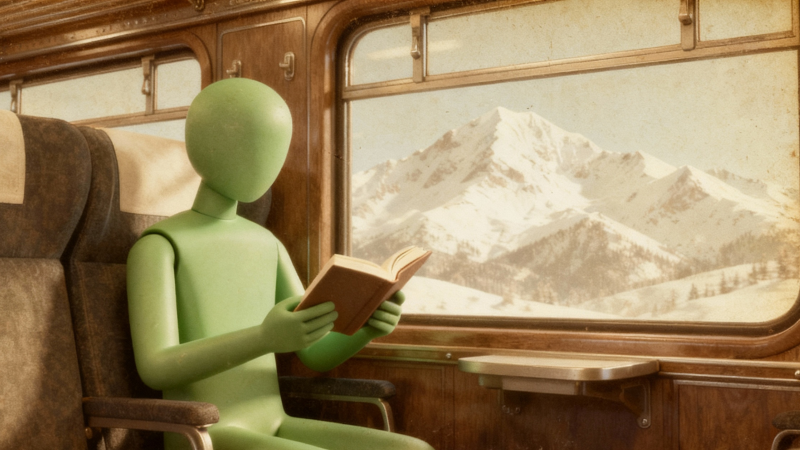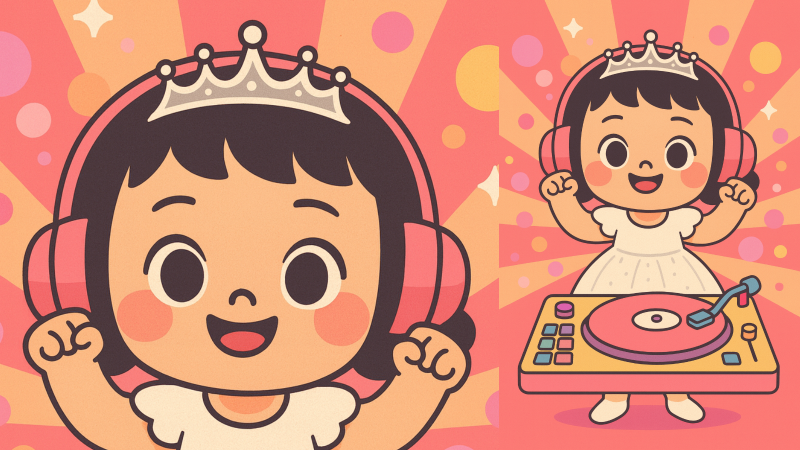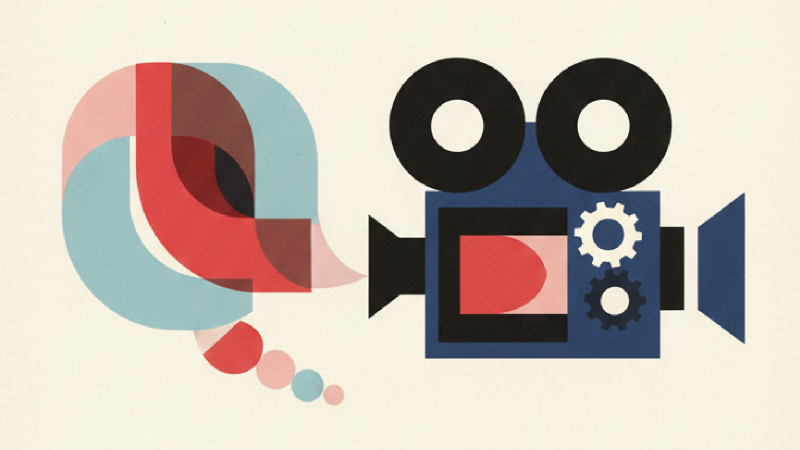
Director's Mindset in the Age of AI Filmmaking
Insights from director Xiaoyu Chen's AI filmmaking workflow — how AI empowers creators to experiment, iterate, and tell stories with cinematic emotion.
Recently, I watched a live session by Chinese director Xiaoyu Chen, who shared his complete workflow for AI video creation. His talk wasn't just about tools — it was about how directors think in this new era of accessible technology. Below are my key takeaways, notes, and reflections from his talk.
🎬 Why This Matters
Traditional filmmaking has always demanded years of apprenticeship, funding, and layers of approval — from script development to pitching, production, and post. For most new directors, this path is long, costly, and controlled by others. You often spend a decade making a film that no longer feels like your own.
AI, however, lowers the barrier of entry. With the right tools, even independent creators can now experiment with visual storytelling, test ideas quickly, and build their skills without waiting for permission.
🧠 The Director's Mindset
Director Xiaoyu emphasized that AI isn't just a tool — it's a new way to practice filmmaking.
“Treat every AI short as a creative exercise. Every test, every iteration is part of proving yourself.”
Instead of chasing perfection, he suggested focusing on:
- Practicing low-cost short film production
- Using AI to visualize dreams, stories, or emotions
- Avoiding "path dependency" — not forcing one specific shot, but exploring what conveys the feeling
- Building emotional journeys rather than technical showcases
Ultimately, filmmaking — AI or not — is about delivering a human emotional experience.
🧩 The Universal AI Filmmaking Workflow
Here's a breakdown of the general AI video creation flow he outlined, adapted into my notes:
1. Image Generation
Create the base visuals that define composition and tone.
- Tools: Midjourney, OpenAI, Gemini Nano, Seedream, Kling, Freepik, OpenArt
- Use AI to generate characters and scenes.
- 3D-style renders tend to be more stable than realistic human faces.
- Combine live-action with AI for best results (e.g., green-screen compositing).
Tip: Use platforms like Liblib.art to access shared ComfyUI workflows — techniques like light fusion help blend characters naturally into backgrounds.
2. Image Refinement & Upscaling
Improve quality and consistency.
- Use "image editing" to fix generation artifacts
- Upscale with built-in models, Magnific AI, or Topaz Photo AI
- Remember: Garbage in, garbage out (GIGO) — good inputs define the result
3. Image-to-Video
Convert your visuals into motion.
- Use AI video generators (Veo, Kling, Seedance, Runway, etc.)
- Generate sequences per shot or per scene for higher control
4. Video Upscaling & Post-Processing
Refine visual quality after generation.
- Topaz Video AI for clarity and frame enhancement
- AI compositing for effects (replace 3D pre-vis or CG VFX)
- Use color grading to reduce the "AI feel" in human footage:
- Soften sharpness, add film grain
- Adjust contrast and tone toward cinematic warmth
- Add light noise or film texture
🧱 Practical Techniques
-
Start with 3-view character renders → use them for motion generation
-
Use green dummy placeholders for character blocking in scene generation
-
Try cut-scene prompting for multi-shot videos:
"A short-haired woman reading a book in a vintage train cabin. Cut to: her close-up. Cut to: the book. Cut to: the snowy mountain outside."
-
Build your own asset library
-
Constantly improve your visual literacy and aesthetic sense
💭 Reflection: AI as the New Playground for Filmmakers
AI filmmaking doesn't eliminate creativity — it democratizes it. Anyone with vision and persistence can now practice like a director, without million-dollar budgets.
In this new landscape, technical skill is only half the story. Your knowledge, taste, and emotional depth determine the uniqueness of your visuals.
In the age of AI, imagination is the new production budget.
Written for the AI Creator Journey — documenting how filmmakers can learn, experiment, and tell stories with AI.
Author
More Posts

As a Beginner, Focus on Learning to Create AI Videos — Not on Views
My first AI video taught me one thing: don't chase views — focus on learning. Here's how I turned a childhood memory into an AI dance video and what I learned from YouTube's creative process.

From Vision to Video: Use YouTube as Your AI Video Creation Test Field
Turn your AI video ideas into reality. Learn how to use YouTube as your creative testing ground — launch your first channel, test your quality, and start your journey today.